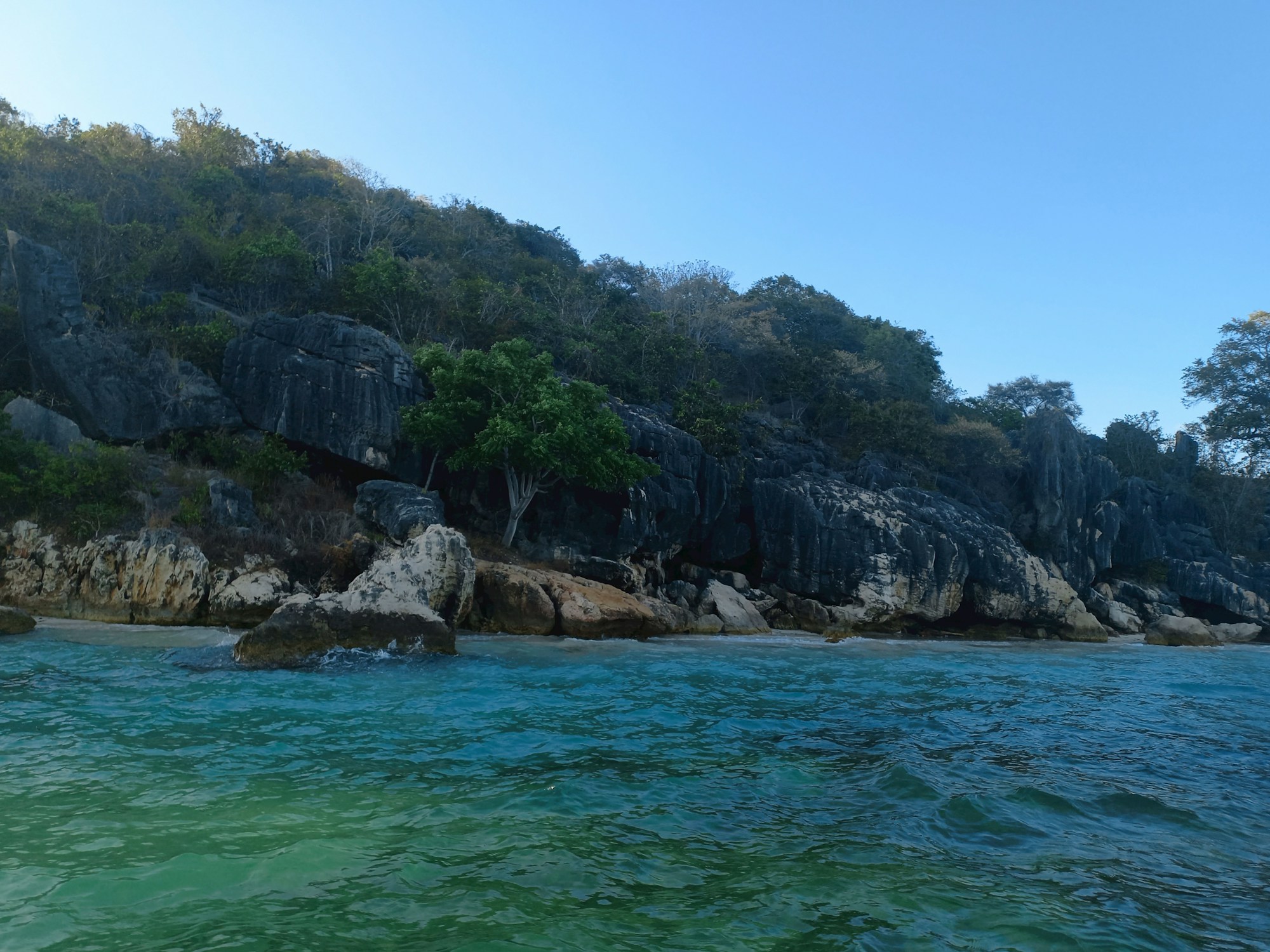Best Time to Visit Bima: Weather Guide & Seasons
Visit Bima for sunny days and warm nights. Best time: May to October. Discover the perfect weather conditions for an unforgettable trip.

Bima, located in Indonesia, is a beautiful destination known for its stunning landscapes, warm hospitality, and unique cultural experiences. When planning a visit to Bima, it is crucial to consider the weather conditions to make the most of your trip. In this guide, we will explore the best time to visit Bima based on the weather patterns and seasons.
Weather Patterns in Bima
Bima experiences a tropical savanna climate, characterized by distinct wet and dry seasons. The weather in Bima is influenced by monsoons, with the dry season typically lasting from April to October and the wet season from November to March.
Seasons in Bima
Dry Season (April - October): The dry season in Bima is marked by sunny days and lower humidity levels. This period is ideal for outdoor activities such as beach excursions, hiking, and exploring the local culture.
Wet Season (November - March): The wet season brings heavy rainfall and higher humidity to Bima. While the lush green landscapes are captivating during this time, outdoor activities may be limited due to the rain.
Best Months to Visit Bima
For travelers looking to make the most of their visit to Bima, the best months to consider are typically from June to September. During these months, the weather is pleasant, with clear skies, and minimal rainfall, providing optimal conditions for sightseeing and outdoor adventures.
Weather Guide by Month
| Month | Season | Humidity | Temperature (°C) | Sun Hours | Rainfall (mm) |
|---|---|---|---|---|---|
| January | Wet Season | High | 28-32 | 4-6 | 300-400 |
| February | Wet Season | High | 28-32 | 4-6 | 300-400 |
| March | Wet Season | High | 28-32 | 5-7 | 300-400 |
| April | Dry Season | Moderate | 28-32 | 7-9 | 50-100 |
| May | Dry Season | Low | 27-31 | 8-10 | 50-100 |
| June | Dry Season | Low | 26-30 | 9-11 | 50-100 |
Exploring Bima
When visiting Bima, take the time to explore its pristine beaches, vibrant markets, and cultural landmarks. Engage with the local community to learn about their traditions and sample authentic Indonesian cuisine.
